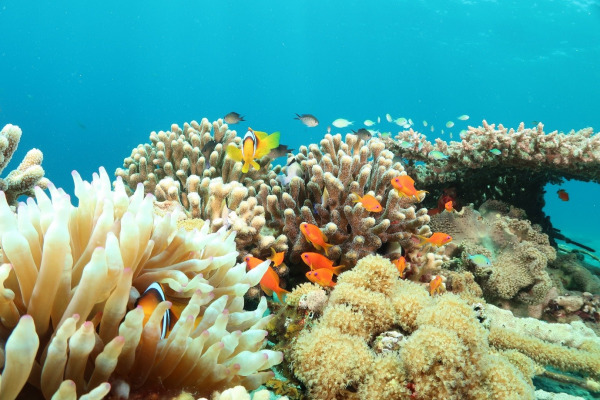Oxford, Birmingham, BGU (Israel): a treasure trove of biodiversity in the web

An international team of researchers from The University of Oxford, the University of Birmingham and Ben-Gurion University of the Negev have found that the way in which people use the internet is very closely tied to patterns and rhythms in the natural world. This surprise finding suggests new ways to monitor changes in the world’s biodiversity. It also reveals new ways to see how much people care about nature, and which species and areas might be the most effective targets for conservation.
The team used Wikipedia pageviews records and eBird data to investigate how people’s online interest in plants and animals follows seasonal patterns. They assembled a massive dataset of 2.33 billion pageviews spanning nearly three years for 31,715 species across 245 Wikipedia language editions.
The researchers found seasonal trends to be widespread in Wikipedia interest for many species of plants and animals. More than a quarter of the species in their dataset showed seasonal interest.
For these seasonal species, the researchers found the amount and timing of internet activity is a very accurate measure of when and how the species is present in the world outside the window. The team thinks it might be possible to measure changes in the presence and abundance of species simply by seeing how much internet activity there is about them.
By taking a deep dive into the seasonal patterns, the researchers found several interesting trends. Often, seasonal interest in Wikipedia pages reflect seasonal patterns in the species themselves.
For example, pages for flowering plants tended to have stronger seasonal trends than those for coniferous trees, which don’t have an obvious flowering season. Likewise, pages for insects and birds tended to be more seasonal than those for many mammals.
Different language editions of Wikipedia show different seasonal patterns too: Wikipedia in languages mostly spoken at higher latitudes (Finnish or Norwegian for example) had more seasonal interest in species than Wikipedia editions in languages mostly spoken at lower latitudes, such as Thai or Indonesian.
In addition to correlating seasonal patterns in online interest with patterns in nature, the researchers also identified instances were seasonal patterns responded to cultural events. Page views for the wild turkey in English, for example, showed repeated annual spikes around Thanksgiving and the dates of the spring hunting season in the United States. Shark Week also caused a spike in interest.
Together these patterns suggest that people’s online behavior can respond to phenomena in the natural world.
“This work is part of a growing field of research named ‘conservation culturomics’ which aims to elucidate patterns of human-nature interactions as these are manifested in large digital repositories,” says BGU’S Dr. Uri Roll, a senior lecturer at the Mitrani Department for Desert Ecologyat the University’s Sede Boqer campus. “This is done in order to both better understand how people interact with nature and use this information to enable more sound and efficient conservation measures
“We live in an age of disintegrating natural ecosystems and biodiversity collapse. Novel tools and approaches are needed to tackle these gargantuan challenges,” Dr. Roll says.
“People are often becoming increasingly detached from the natural world and as a result we didn’t really expect their activity online to respond to patterns in the nature,” adds lead author and University of Oxford doctoral candidate John Mittermeier. “To see that online activity often correlates strongly with natural phenomena seems to suggest that people are paying attention to the world around them. From a conservation perspective, that is really exciting.”
The research team feel that there is a lot of potential to apply these methods to conservation policy and actions, such as selecting flagship species or iconic areas. Being able to identify a seasonal peak in interest in a particular species, for example, could help an organization decide when and how to launch a particular fundraising campaign.
Published in PLoS Biology, March 5th, 2019




